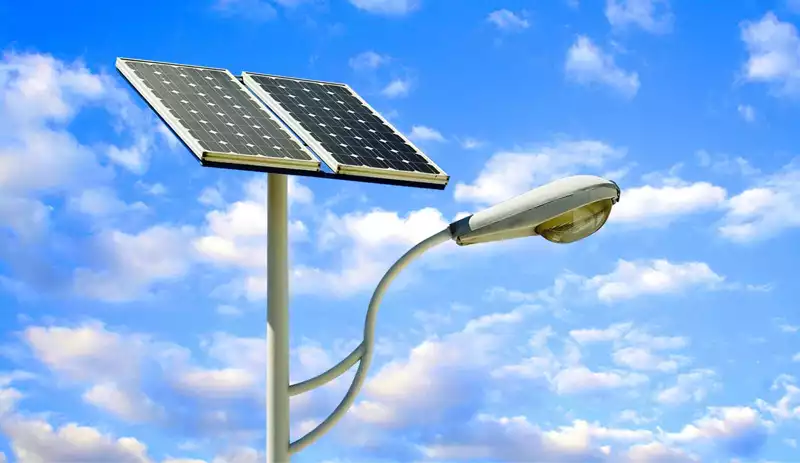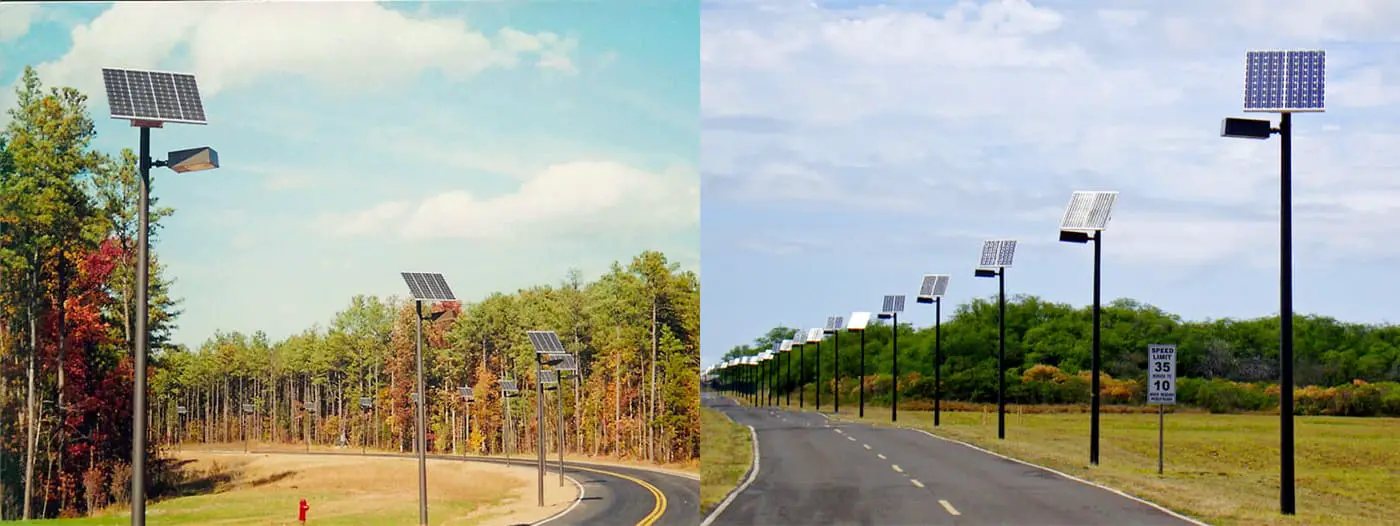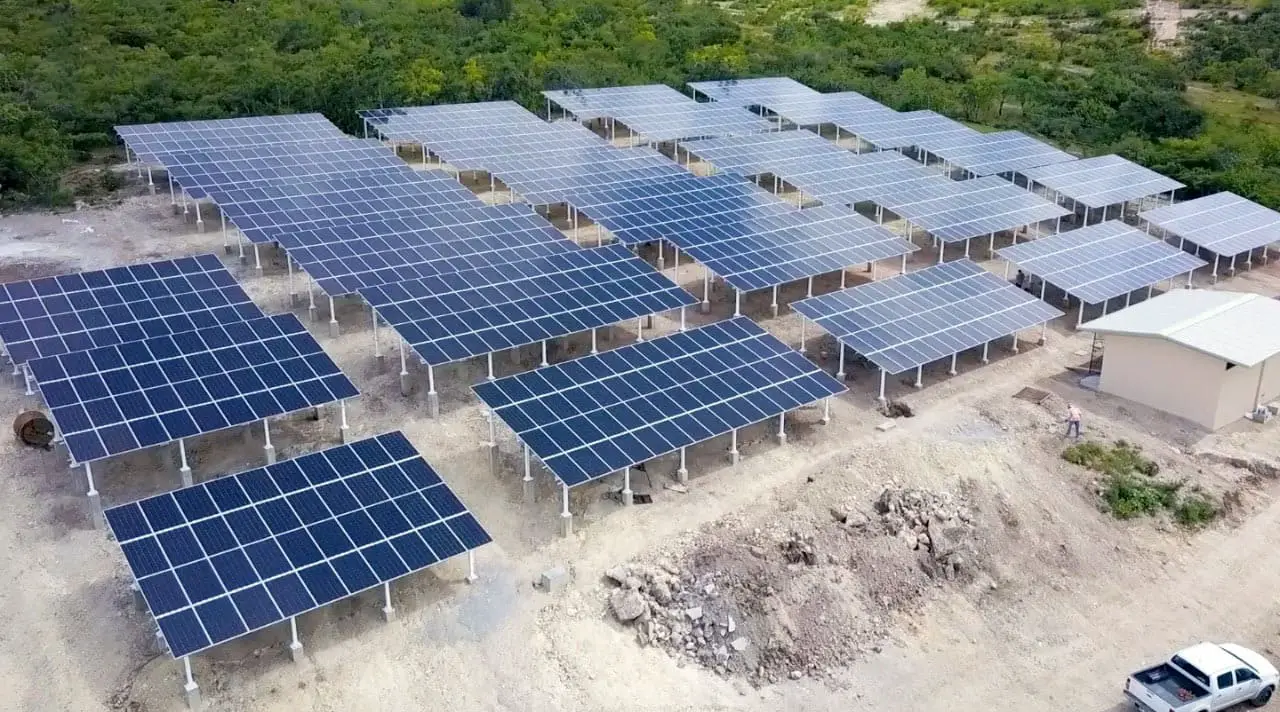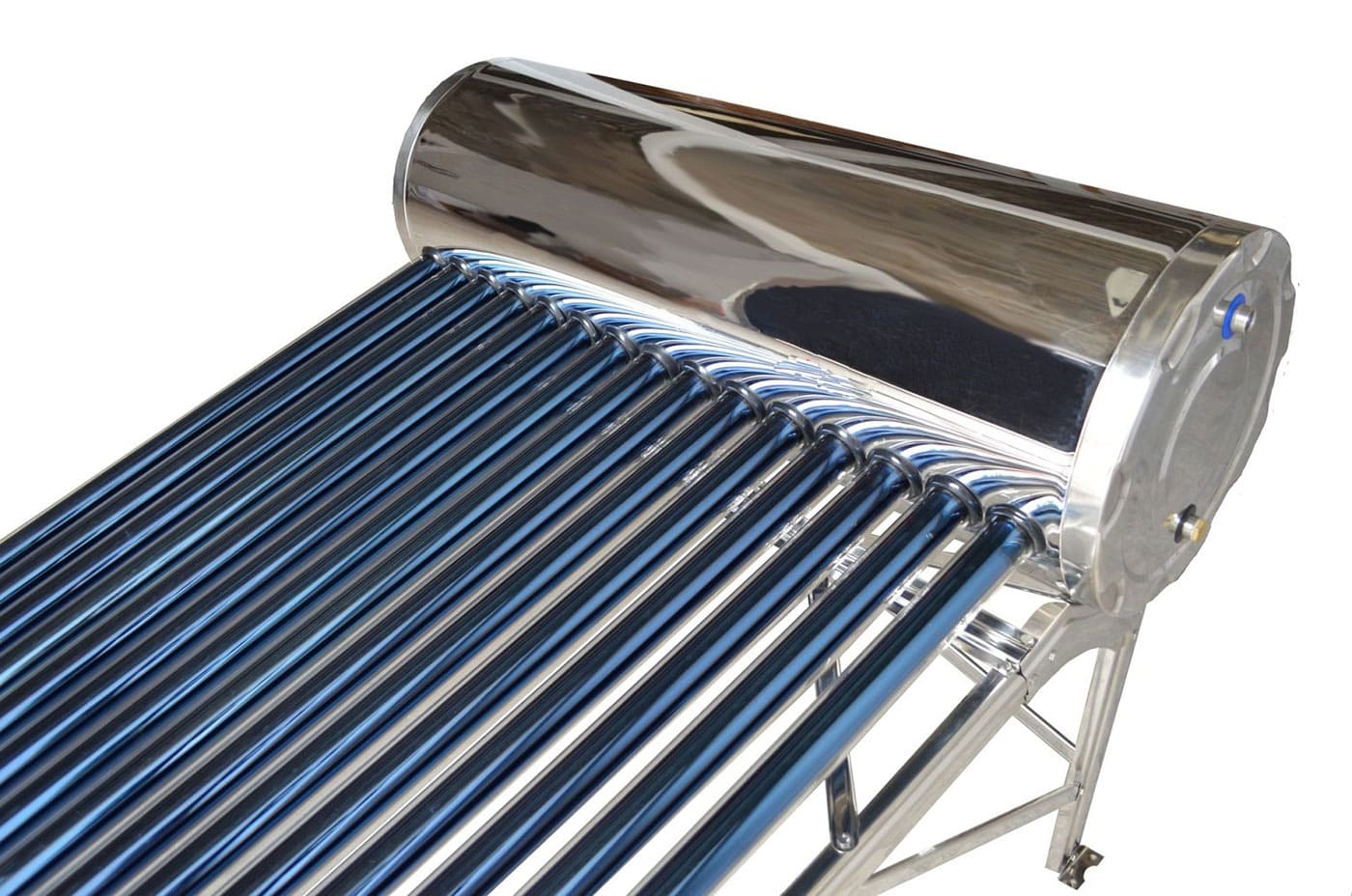You can also be interested in these:
- What is Dark Silicon and what is it currently used for?
- Overwatch Tournament path to pro and the difficulty of getting to pro
- The end of an era: iPods are officially discontinued
- AMD FidelityFX Super Resolution 2.2 reinventing the game
We must be aware of our impact on the environment and change the course of our actions to procure balance. The effect of the global warming constitutes a big environmental threat. It is the result of implementing non-renewable sources of energy and unsustainable production methods. However, power systems using sun light or the wind might not be the definitive answer to this problem, but is definitely one step in the right direction. For instance, solar powered street lights are an independent lighting system installed on street poles. These work with photovoltaic solar energy stored in batteries to provide clean energy for lighting systems at night.

Solar lamps, a green alternative for public lighting
Currently, the trend of implementing this type of public lighting system has been growing in order to optimize different aspects of our life that require lighting. For instance, improving security, increasing the field of vision in parking lots, public squares, parks, schools, companies, bridges, highways, avenues and streets.
This type of lights has also been used to supply electricity in countries without great development, such in Africa and some parts of Asia, where they do not have traditional power grids. On the other hand, many countries in Europe and America are renewing their street lighting systems since these renewable energy alternatives are economical, efficient and viable.
For example, in Latin America, more specifically Mexico, solar powered street lights systems have been installed in the cities like Monterrey, Puebla, Querétaro, Guadalajara, Cancun, among others. These are present also in public transit and main roads.
Technological development has made them possible
Before, there was a belief that solar lamps do not have enough capacity to be used in any type of application. This thought has been discarded thanks to the current technological advancements. Great luminous efficiency can be achieved with a design suitable for any application.
Technological innovations, together with advanced solar energy capture processes, help to manufacture solar lamps with high quality LED technology, which make it possible to quickly and effectively meet any lighting objective that is needed.

There is a combination of efficient technologies, where not only advanced solar panels and battery systems are implemented, also outdoor solar led lamps are used. Consequently, an ideal light intensity is obtained.
Solar powered street lights installations are made with high-tech infrastructure, which makes it possible to create solar lighting systems resistant to water, dust and other external factors. Therefore, our solar lamps can remain in perfect condition for an extended period of time, without the need to invest in maintenance.
How do solar powered street lights work?
Photovoltaic solar panels are a set of solar cells that transform the sun’s energy into useful electricity. This can be used in residential applications, industries, and ultimately public use facilities like solar powered street lights. They are made up of numerous cells responsible for converting light into electricity. These cells are known as photovoltaic cells and rely on the photovoltaic effect. Thanks to this, positive and negative charges are generated in two semiconductors to produce an electric field capable of generating current.
Each panel is made out of solar cells, which are small cells made with crystalline silicon or gallium arsenide (semiconductor materials). That is, conductors of electricity and also insulating depending on the state in which they are found.
The components
Solar powered street lights have solar panels on top, which absorb energy from the sun. Subsequently, they convert it into electrical energy and store it in batteries that are recharged throughout the day, therefore, the lamps can be turned on at night without the need to use any type of wiring.
In addition, the batteries and a controller are placed in a safety box attached to the pole. This controller acts as a light sensor, as it turns on the lights when it gets dark and turns them off when the sun rises. The controller can be programmed so that the illumination activates during a certain time. It goes without saying that many solar powered street lights systems can be on for days even when there is no sun.
At what point did the solar panels appear?
The beginnings
The history of solar panels began with the investigations of different scientists who focused on transforming light into energy. In 1893, the French physicist Edmond Becquerel obtained electrical voltage after carrying out a process of irradiation with light of a silver electrode in an electrolyte.
Although the magic came later, with the American inventor Charles Fritts, who designed and manufactured the first antecedent of solar panels. This consisted of a functional cell that transformed light into electricity. But the invention was very weak and could not power a light bulb for long.

Half a century after arduous work by scientists and physicists, it was possible to create functional devices that harnessed solar energy. This was captured and accumulated by tubes and collector plates made of cuprous oxide and selenium.
After World War II, in 1954 Chapin, Pearson and Prince, researchers from United States, managed to develop a photovoltaic cell with silicon. This cell had a great capacity to capture solar energy and transform it into electricity. This allowed the energy industry to believe it possible to supply electrical energy to homes and buildings by taking advantage of the sun’s energy through these elements.
Solar panels as we know them
In 80s, solar technology had advanced enough to be used on a daily basis as an auxiliary form of electrical energy supply. Many low-power digital devices already had an auxiliary photovoltaic cell power system. Pretty much like the well-known solar calculators.
Further down, in the decade of the 90’s, developed nations such as Japan and Germany designed, perfected, and manufactured the solar cells as we know them today. Even in those years it was already possible to provide a complete house with solar energy with cells.
How many types of solar panels are there?
The ever-changing technological advancements and the growth of the solar panel industry are more relevant and convenient for us every day. There can be many options depending on our economic and technical needs. Similarly, there are different types of solar panels to improve the rates that you receive the energy.

Photovoltaic solar panels
First of all, we have the photovoltaic solar panels. Its operation is based on the incidence of the sun’s rays on the panel, so its correct orientation is essential. This transmits energy to electrons, consequently allowing them to separate from protons and neutrons and “escape” from the panel in the form of electricity. In addition, within photovoltaic solar panels we can also find different types of solar panels depending on the materials with which they are built.

Monocrystalline
Monocrystalline solar panels are ideal for climates that usually have clouds, storms or very low temperatures. This is because the sensitivity of the monocrystalline solar panel. It achieves maximum solar radiation at low temperatures and does not resist overheating quite well. This is due to the material from which they are made, based on sections of a single piece crystallized silicon bar.

Polycrystalline
Polycrystalline solar panels are made of pure silicon, the only difference is that the crystallization process is different. They are based on sections of a silicon rod that has been haphazardly structured into tiny crystals. The polycrystalline solar panel is ideal to supply the perfect voltage for low consumption installations. Solar panels made of polycrystalline silicon are the most widely used due to their low manufacturing cost and high efficiency.
Advantages of using solar powered street lights
The world is taking a turn like never before and new technologies are a factor that ultimately provide a plus for development and well-being. A great example of these technologies is green energy production. This applies when we see the advantages of photovoltaic solar modules, especially in recent years.

Solar modules are in general, the most ecological alternatives to generate energy in a sustainable way. They are not exclusive to first worldly countries, in turn you can have these deployed everywhere in the world. Solar modules aim to be an immediate response to the energy solutions of a very near future.
Clean energy
Solar modules work from sunlight (renewable and unlimited), which is totally clean energy that does not generate any type of pollution for the ecosystem, an advantage that ultimately needs to be considered in everything that humans generate at a greater level.
Cost-effective
With a first and only investment in your solar modules, you can save thousands of dollars for life, because the percentage of savings is up to 99% on your electrical bill. One of the advantages that panel or module users love the most. You can use all the electrical energy you need without fear of a greater expense. This is because there won’t be never deficits in production which can be taken as an advantage.
Doesn’t generate noise
On the other hand, to convert energy, photovoltaic solar modules do not require more activity than to receive sunlight or radiation and do their thing. A process on which no noise is generated. This is essentially a completely silent technology. This advantage is not only friendly to social development, but also to the environment.
Real state value
The value of properties with solar modules installed increase in between three and four percent. In addition, solar modules are 100% tax deductible the first year in some countries and usually have long warranty periods.
Easy maintenance
Solar modules require little maintenance, as they have no moving mechanical parts that can fail. Of course, since they are placed on the roofs, they are exposed to wind, dust, snow and rain. They only require to be superficially wiped and cleaned slightly with a damp cloth.
Versatility
Solar modules have another great advantage: they are adaptable to practically any circumstance, both in terms of budget and scalability. Solar energy systems are modular, flexible and expandable.
Energy retribution
Having a solar panel system installed you go from being a consumer to be a producer. In some countries, depending on the power grid infrastructure, you can be able to return the power you don’t consume to the grid. This not only gets translated into a huge saving in the electrical bill, also you can even receive a payment for the energy contribution you are doing.
Environment preservation
This technology doesn’t produce greenhouse gas emissions. Thus, it does not generate substances that are harmful to the environment or to any living creature.
More stories like this
- What is Dark Silicon and what is it currently used for?
- Overwatch Tournament path to pro and the difficulty of getting to pro
- The end of an era: iPods are officially discontinued
- AMD FidelityFX Super Resolution 2.2 reinventing the game
- Noctua NH-L9a-AM5: Low profile cooler for Ryzen 7000
- WiFi 7: The future of the wireless internet